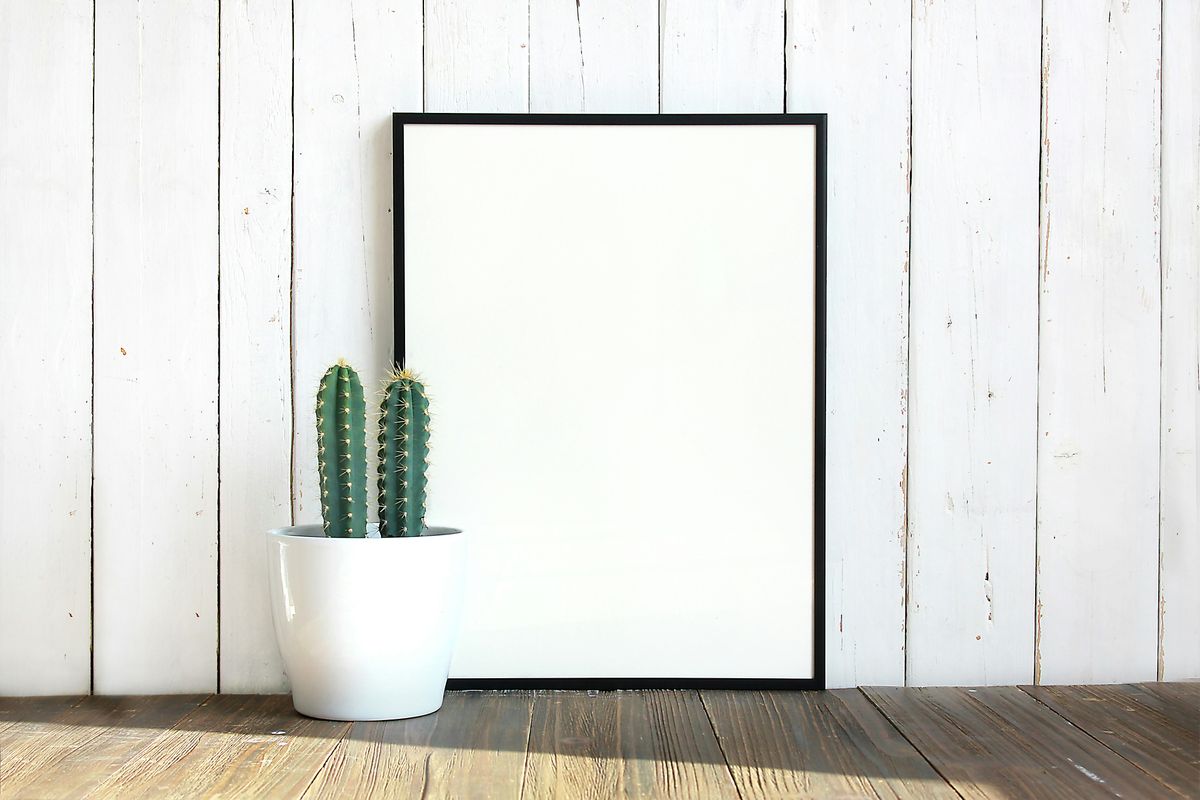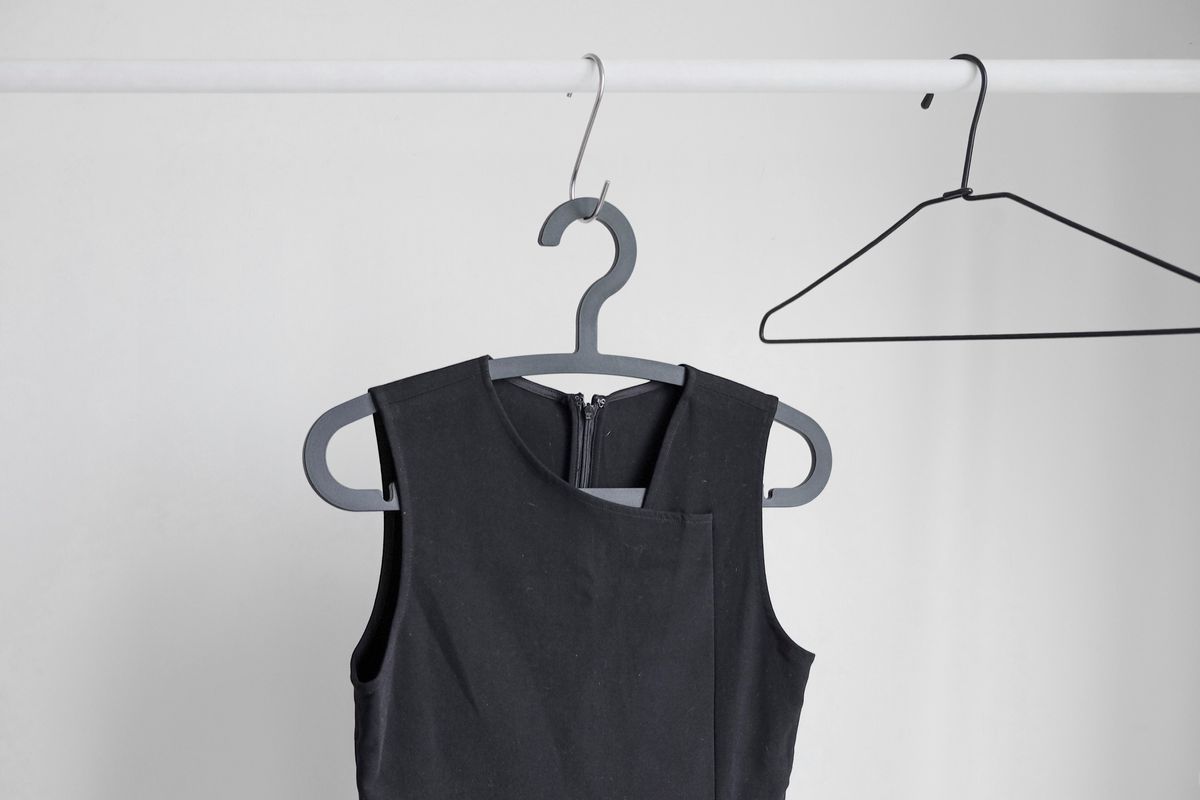When it comes to hanging artwork or decorations on your walls, choosing the right type of canvas hanger is essential for ensuring stability and security. In this article, we will explore the 5 most common types of canvas hangers and provide tips on how to choose the perfect one for your needs.
Key Takeaways
- Consider the weight and size of your artwork when selecting a canvas hanger.
- Ensure the hanger is securely attached to the back of the canvas for added stability.
- Choose a hanger that complements the style of your artwork and the decor of the room.
- Follow the manufacturer’s recommendations for installation to prevent damage to the artwork or walls.
- If in doubt, consult a professional for advice on selecting the appropriate canvas hanger.
1. Sawtooth Hangers

Sawtooth hangers are the go-to for many DIY enthusiasts when it comes to hanging smaller canvas prints. They’re named for their jagged edge that resembles the blade of a saw, and they’re incredibly easy to install. Just nail them to the top of your frame, and voila, you’re ready to hang your artwork.
Here’s a quick rundown on using sawtooth hangers:
- Measure the top of your frame and find the center.
- Nail the hanger in place, ensuring it’s straight.
- Hang your canvas on a nail or screw in the wall.
Remember, sawtooth hangers are best suited for lightweight pieces. If you’re looking to hang something larger than 16” x 24”, you might want to consider other options.
Sawtooth hangers offer a fuss-free solution, but they do have their limitations. They’re not ideal for heavier or larger canvases, and they can sometimes cause your artwork to tilt forward slightly from the wall. For a more secure hang, especially for those larger pieces, you might want to explore other types of hangers detailed in this guide.
2. D-Ring Hangers

D-Ring hangers are a popular choice for those who want a secure and stable way to display their artwork. Unlike the sawtooth hanger, D-Rings are attached to the frame with screws, which means they can handle a bit more weight. They’re ideal for medium to large canvases that you want to stay put.
Here’s the lowdown on using D-Ring hangers:
- Step 1: Attach the D-Rings to either side of the frame, making sure they’re level with each other.
- Step 2: Thread a wire through the D-Rings and secure it.
- Step 3: Hang the wire on a sturdy hook or nail in your wall.
Remember, the placement of the D-Rings is crucial for balance. If they’re too high or too low, your canvas might tilt forward or back.
When choosing D-Ring hangers, consider the weight of your canvas and the type of wall you’ll be hanging it on. For heavier pieces, you might need to use wall anchors to ensure everything stays in place.
3. Wire Hangers

Wire hangers are a classic choice for hanging framed artwork and mirrors. They’re versatile, adjustable, and can support a range of weights, making them suitable for various sizes of canvases. To install a wire hanger, you’ll need to attach two D-rings to the back of the frame and then string a wire between them.
Here’s a quick rundown on how to choose the right wire hanger:
- Weight Capacity: Check the weight rating to ensure it can hold your canvas securely.
- Wire Type: Stainless steel wires are durable and resist corrosion.
- Length: The wire should be long enough to provide some slack for easy leveling.
When selecting a wire hanger, consider the weight and size of your canvas to prevent any sagging or damage over time.
Remember, the key to a perfectly hung canvas is ensuring that the wire is taut and the frame is level. Regular checks and adjustments can help maintain the optimal performance of your wire hanger, much like the regular cleaning and maintenance required for showerheads to function at their best.
4. Keyhole Hangers
Keyhole hangers are the go-to for a flush mount and a clean look on your walls. They’re named for their keyhole-shaped cutouts that allow you to slide the head of a screw or nail that’s fixed in the wall into place.
Here’s the lowdown on keyhole hangers:
- Super stealthy: Once you hang your canvas, the hardware is completely hidden. It’s like your art is floating on the wall!
- Sturdy and secure: These hangers can handle a fair bit of weight, making them great for medium to large canvases.
- Precision required: You’ll need to measure carefully when installing the screws or nails to ensure a perfect fit.
Remember, the key to a successful hang with keyhole hangers is getting those measurements spot on. A little patience goes a long way!
While keyhole hangers are fantastic for that ‘no hardware’ look, they’re not the only option. Alternatives like adhesive hooks and hardwall hangers are also worth considering, especially if you’re dealing with surfaces that are tough to nail into or if you’re after a less permanent solution.
5. J-Hook Hangers
J-Hook hangers are a popular choice for those who want a simple and effective way to hang their canvases without the need for tools or complex installation processes. These hangers are known for their ease of use and can be particularly handy for renters or anyone who wants to avoid damaging walls.
J-Hook hangers offer a no-fuss solution for hanging artwork, with a design that’s both sturdy and unobtrusive.
When selecting a J-Hook hanger, consider the weight of your canvas. Many J-Hook products, like the Command 17045 Jumbo Canvas Hanger, are designed to support specific weight ranges. For instance, this particular hanger can hold up to 2.2 kg and accommodate frame sizes up to 60 x 90 cm.
For lighter canvases, the Command Large Canvas Hangers might be more appropriate. These come in packs that include multiple hangers and adhesive strips, with each strip capable of holding up to 3 lbs. The self-adhesive backing provides a strong, lasting bond, making the installation process as simple as peeling and sticking.
Here’s a quick guide to help you choose the right J-Hook hanger for your canvas:
- Weight of Canvas: Choose a hanger that can support the weight of your artwork.
- Size of Canvas: Ensure the hanger fits the dimensions of your canvas.
- Installation: Look for hangers that require no additional tools for installation.
- Wall Damage: Opt for hangers that leave no or minimal marks on the wall.
Frequently Asked Questions
What weight can sawtooth hangers support?
Sawtooth hangers can typically support up to 20 pounds of weight.
How do you install D-ring hangers?
To install D-ring hangers, you need screws and a screwdriver. Simply attach the D-rings to the back of the frame using the screws.
Are wire hangers adjustable?
Yes, wire hangers are adjustable. You can adjust the length of the wire to accommodate different hanging heights.
What is the advantage of using keyhole hangers?
Keyhole hangers provide a secure and flush mounting option for hanging artwork or frames.
Can J-hook hangers be used for heavy frames?
J-hook hangers are suitable for medium to heavy frames, depending on the weight capacity of the specific hanger.
Do all types of canvas hangers require drilling holes in the wall?
No, some canvas hangers like sawtooth hangers and wire hangers do not require drilling holes as they can be easily attached to the back of the frame.
